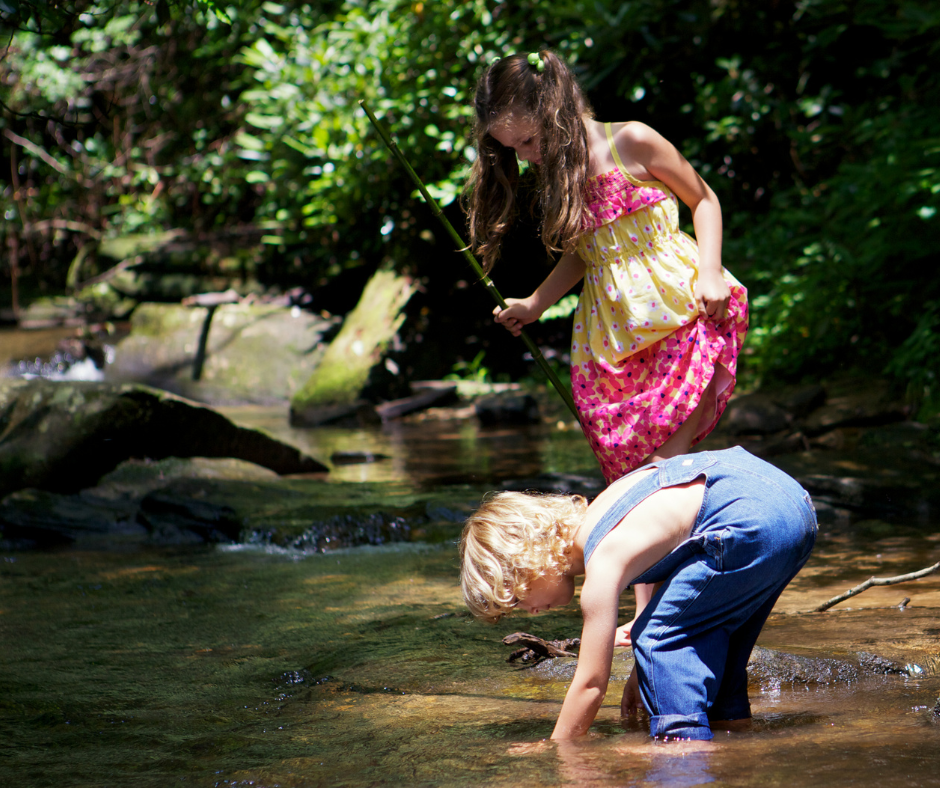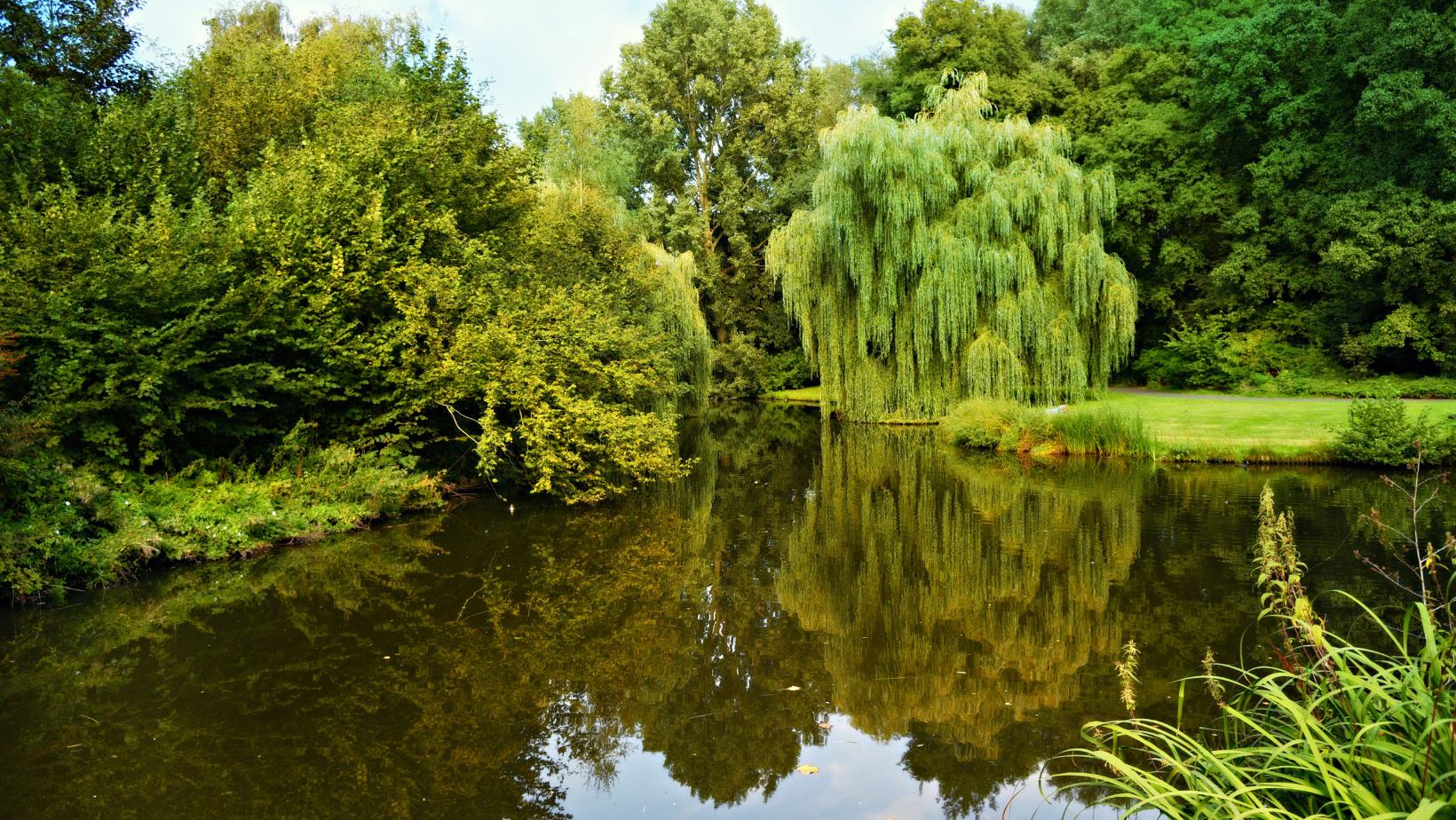Hands-on science experiments are the best because they provide an unparalleled learning experience that engages students at a deeper level. Unlike traditional textbook learning, where knowledge is acquired passively, hands-on experiments encourage active participation and critical thinking.
By touching, manipulating, and observing materials, students develop a greater understanding of scientific concepts. Through hands-on science experiments, students become active explorers, building a strong foundation of scientific knowledge and honing their investigative skills for a lifetime.
I get lots of requests to recommend science products for kids. Here are some that I have used in programs and pass the test!
This article contains affiliate links to products. We are a participant in the Amazon Services LLC Associates Program. We may receive a commission for purchases made through these links at no cost to you. This money helps us pay for community education programs, wildlife rehabilitation, and bringing you educational content.
K’Nex
K’Nex are some of my favorite STEM sets. I raised two boys on them and have used them in my science clubs at two schools and the public library.
If you are new to K’Nex or have a child that just likes to do their own thing then start with the Budding Builders Building Set.
When you are ready to take on the world the Roller Coaster Building Set is so much fun and one I have used over and over with kids.
Microscopes
There is a whole other world out there hiding from you! Microscopes are great for looking at cells, blood, and tiny insects. A good microscope can be found for under $100.
One of the great things about microbiology is that it is everywhere. You may be grossed out to learn what is growing in your house. However, kids love taking a cotton swap and wiping behind the toilet or stove and then smearing it on a microscope slide.
A good magnifying glass is very useful. Take it along on hikes or just explore the backyard.
7 Things to Explore Outside with a Magnifying Glass
1. Insects: Get up close and personal with the tiny world of insects. Observe ants scurrying along their trails, peer into the intricate patterns on butterfly wings, or marvel at the compound eyes of a fly. A magnifying glass allows you to see the unique features and behaviors of these critters with remarkable clarity.
2. Flowers and Plants: Take a closer look at the beauty of flowers and plants. Examine the delicate veins of a leaf, scrutinize the tiny hairs on a stem, and inspect the intricate details of a flower's petal. A magnifying glass can bring these features to life and provide a deeper appreciation for the complexity of the plant kingdom.
3. Rocks and Minerals: Uncover the hidden mysteries beneath the surface with a magnifying glass. Examine the textures and patterns of various rocks and minerals to identify different types. Discover the sparkling crystals hidden within ordinary stones or search for fossilized imprints of ancient life.
4. Dirt and Soil: Dive into the world beneath our feet. Use a magnifying glass to explore a handful of soil and discover its composition. Observe the different particles, such as sand, silt, and clay, and look for signs of life like earthworms, tiny insects, or even microscopic organisms.
5. Feathers: Marvel at the intricate details of feathers found outside. Use a magnifying glass to get a closer look at the patterns, colors, and textures that make up the plumage of birds. Examine the tiny barbs and barbules that allow feathers to function in flight.
6. Puddles and Water: Rainy days present an excellent opportunity for outdoor exploration. Investigate raindrops on leaves or surfaces using a magnifying glass. Explore the miniature world of creatures that inhabit puddles, such as wriggling tadpoles, microscopic water fleas, or the intricate designs of waterborne organisms.
7. Spider Webs: Engage in some autumn exploration to spot spider webs adorned with dew or frost. Use a magnifying glass to study the
Foam, Volcanoes, and Other Fun Chemistry Experiments
Science club doing chemistry experiments.
As far as chemistry kits go I am a big fan of Thames and Kosmos. Their kits are very well done with quality materials and easy-to-follow directions. I have bought many of their kits over the years and have never been disappointed. They have a broad range of levels and prices so you can decide what’s best for your family.
My top recommendation for high quality Chemistry sets!
Making slime at an afterschool program at a local elementary.
I have used slime in the classroom as a “fidget”. A fidget is something the student can use to help them focus or to help them calm down. It gives them an activity to do while listening to the teacher.
Slime, an ooey-gooey and stretchy substance adored by many kids, has proven to be a valuable sensory tool. Its tactile and squishy nature provides a unique sensory experience that can greatly support children with various neurodiverse and ADHD conditions.
For those on the autism spectrum, slime serves as an effective tool to manage sensory overload and promote self-regulation. The rhythmic squeezing, stretching, and shaping of slime can serve as a soothing and grounding activity, helping to alleviate anxiety and enhance focus.
Elmers, the king of glue and all things slimy makes the best slime!
Did I mention my son loves K’Nex? Here he was on break from college helping with science club and yes, playing with the K’Nex! That son became a computer engineer so I think the cost of the K’Nex was very worth it!!
Leave your comments on what are your favorite science kits or products. I will be doing an article on fun science experiments to make from scratch as well.
Author Ame Vanorio is the director of Fox Run EEC and has a Masters's in Education and Environmental Science. Also, she just likes to play in the dirt!! Check out her books under My Books.









In the United States, we have over 250 species of salamanders. The Eastern US has the greatest diversity worldwide. Salamanders are a unique group of animals. They are amphibians, like frogs, and have life stages in water or on land.
And spring and fall are great times to look for them in the wild. Im going to give you some tips on finding salamanders in the wild and some common species to look out for.